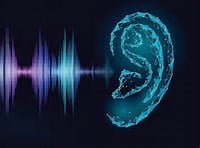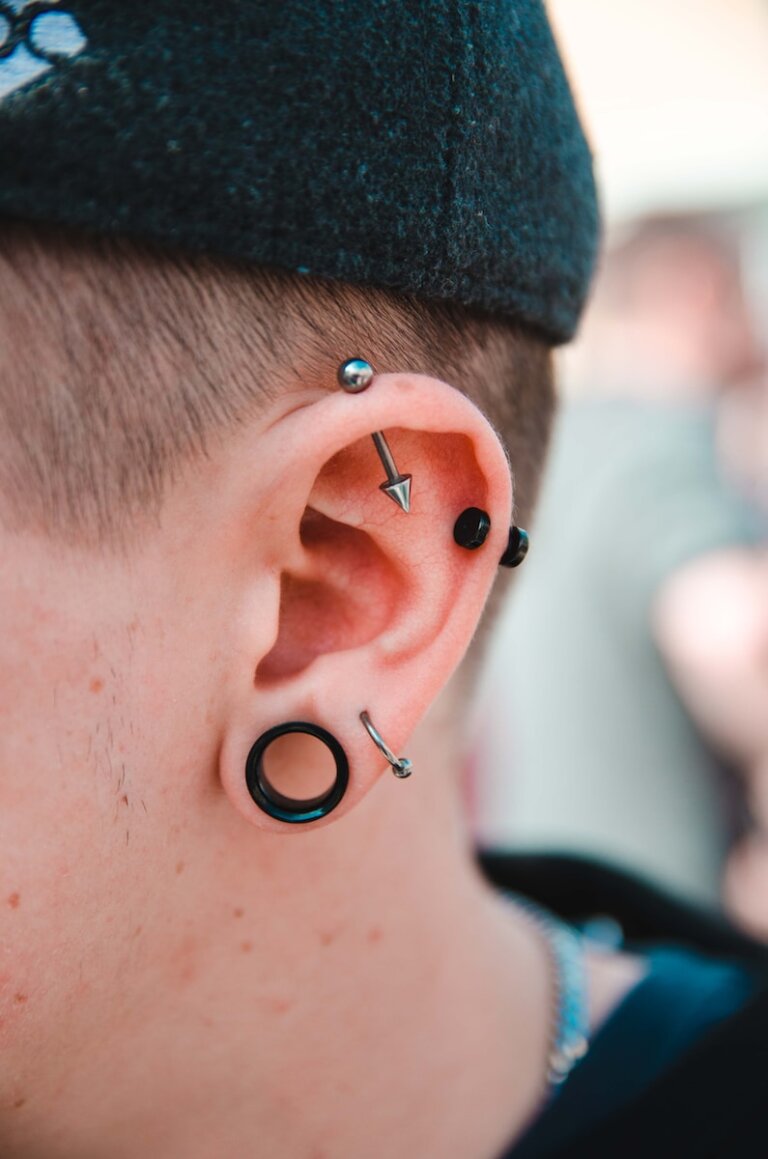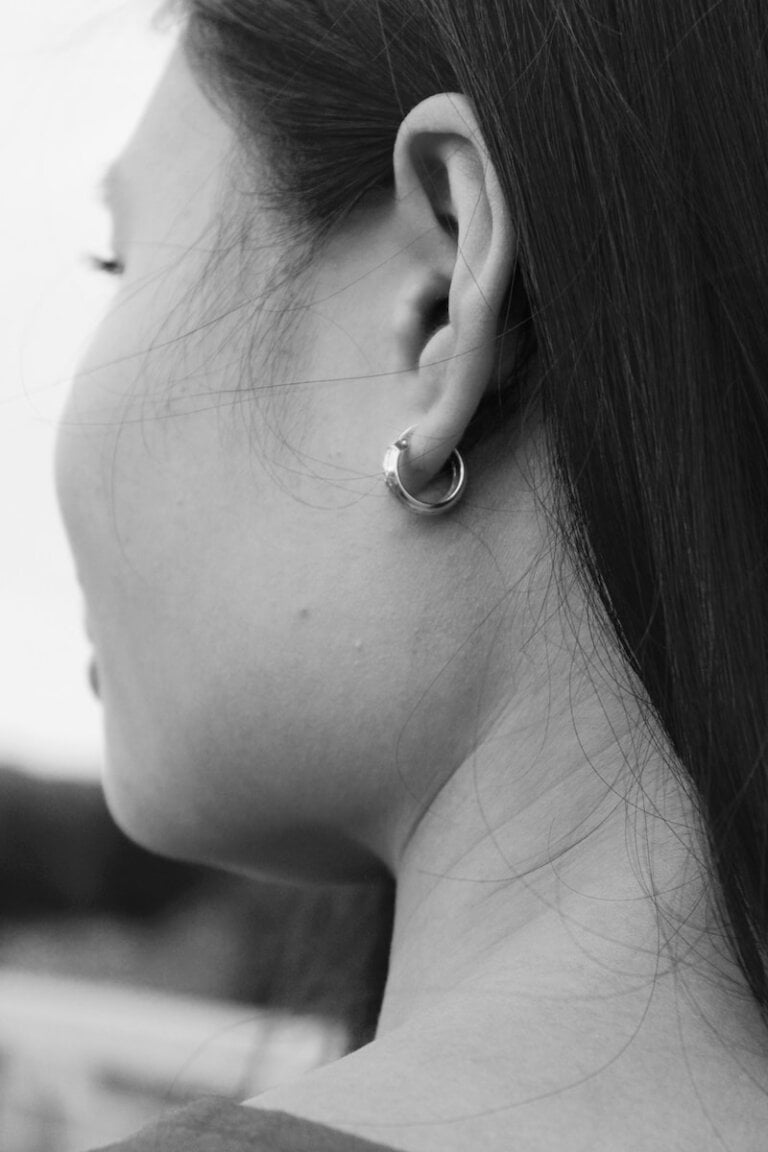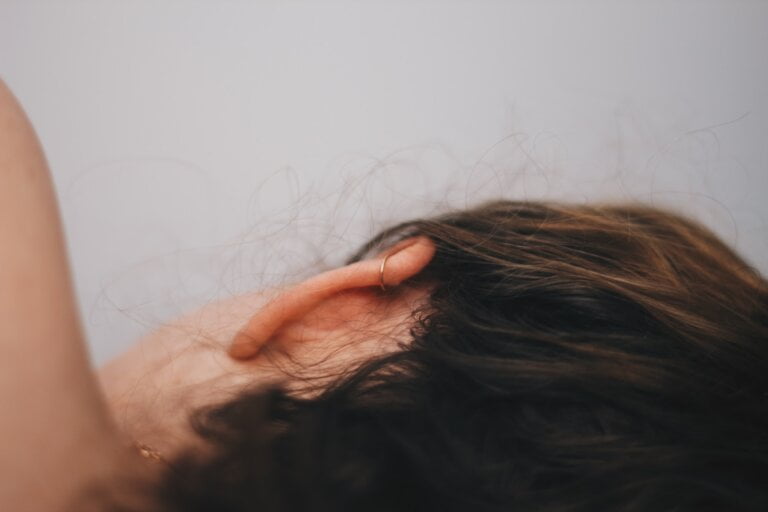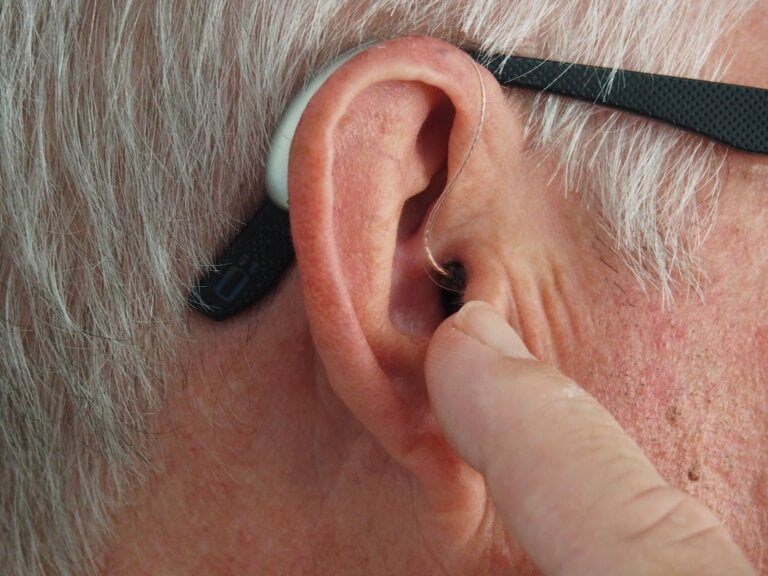Manual Instrument Ear Wax Removal: Reaping the Rewards of a Hands-On Approach
Earwax, also known as cerumen, is a natural substance produced by the glands in the ear canal. Its primary function is to protect the ear by trapping dust, dirt, and other foreign particles, preventing them from reaching the sensitive parts of the ear. While the body typically handles the removal of excess earwax naturally, some individuals may experience an excessive buildup, leading to discomfort and potential hearing issues. In such cases, manual instrument earwax removal can be a highly effective and rewarding method to alleviate these concerns.
Understanding the Need for Manual Instrument Ear Wax Removal
Earwax accumulation can occur due to various factors, including genetics, narrow ear canals, or improper cleaning practices. When excessive earwax is not adequately cleared, it can lead to symptoms such as earache, hearing loss, tinnitus, dizziness, and even ear infections. While there are alternative methods for earwax removal, such as irrigation or suction, manual instrument removal offers several unique advantages:
- Precision and Control: Manual instrument earwax removal allows for a hands-on approach, allowing the user to have precise control over the procedure. This method ensures that only the excess earwax is removed, minimizing the risk of damage to the delicate ear structures. The skilled professional can carefully navigate the ear canal and target the specific areas where the buildup is most significant, ensuring effective removal without causing harm.
- Efficiency: Through manual instrument removal, a skilled professional can efficiently and effectively remove the earwax, providing immediate relief to the patient. This approach is particularly beneficial when the buildup is severe or stubborn. By using specialized tools like curettes and forceps, the professional can ensure thorough removal of the excess earwax, reducing the chances of recurrence and further complications.
- Safe and Gentle: Contrary to popular belief, manual instrument earwax removal, when performed by a trained expert, is a safe and gentle method. With the right tools and technique, it can be a comfortable and painless experience for the patient. The professional takes utmost care to minimize any discomfort during the procedure and prioritizes the patient’s safety at all times. They are well-versed in the anatomy of the ear and understand how to perform the removal without causing any harm.
The Manual Instrument Ear Wax Removal Process
Manual instrument earwax removal involves the careful use of specialized tools, such as curettes and forceps, to gently extract the excess earwax. Here is a step-by-step guide to the process:
- Assessment: Before initiating the procedure, a qualified professional thoroughly examines the ear using an otoscope. This allows them to assess the extent of the earwax buildup and identify any potential complications. The professional examines the ear canal and eardrum to determine the severity of the condition and to rule out any underlying issues.
- Preparation: To ensure a comfortable experience, the professional may use ear drops or warm water to soften the earwax. This preparation step makes the removal process smoother and lessens the chances of discomfort. The ear drops or warm water help to break down the earwax, making it easier to remove. It also helps to lubricate the ear canal, minimizing any potential irritation during the procedure.
- Extraction: Using the appropriate manual instruments, the professional carefully removes the softened earwax. They may employ techniques like scooping, scraping, or gripping to extract the buildup. Throughout the process, the patient’s comfort and safety remain the top priorities. The Audiologist uses their expertise to navigate the ear canal and target the earwax, ensuring complete removal without causing any harm to the ear structures.
- Post-Procedure Care: After the successful removal of the excess earwax, the Audiologist may offer additional guidance on ear hygiene and preventive measures to minimise future buildup. They may also recommend regular check-ups to monitor the condition of the ears. The professional provides instructions on how to maintain ear health and prevent excessive earwax accumulation. This may include proper cleaning techniques, the use of ear drops, and regular follow-ups to address any potential issues.
Benefits and Considerations of Manual Instrument Ear Wax Removal
Manual instrument earwax removal offers several advantages over alternative methods. Understanding these benefits can help individuals make an informed decision when seeking earwax removal services:
- Immediate Relief: Unlike some other methods, manual instrument removal provides immediate relief from symptoms caused by excessive earwax, such as hearing loss and earache. The precise removal of the earwax allows for immediate restoration of hearing and alleviation of discomfort.
- Non-Invasive: Manual instrument earwax removal is a non-invasive procedure that does not require the use of water irrigation or suction devices. This aspect makes it suitable for individuals who may have contraindications to other methods. It eliminates the potential risks associated with water irrigation and suction, making it a safer option for those with sensitive ears or specific medical conditions.
- Customised Approach: With manual instrument removal, the professional can tailor the procedure according to the patient’s specific needs. This personalised approach ensures optimised results and minimizes the risk of complications. The professional takes into account the individual’s unique ear anatomy and condition, adapting the technique accordingly to maximize effectiveness and safety.
While manual instrument earwax removal is generally considered safe and effective, certain precautions and considerations should be kept in mind:
- Professional Expertise: It is crucial to seek the services of a qualified professional who possesses the necessary knowledge, skills, and experience in manual instrument earwax removal. This ensures a reliable and successful procedure. The professional should have a thorough understanding of ear anatomy, proper technique, and potential complications to ensure the best outcome for the patient.
- Patient Suitability: Individuals with certain medical conditions, such as a perforated eardrum or active ear infections, may not be suitable candidates for manual instrument removal. Consulting with a healthcare provider or an Audiologist can help determine the appropriateness of this method in such cases. It is essential to consider the individual’s specific ear health and medical history to ensure the safety and effectiveness of the procedure.
Conclusion
Manual instrument earwax removal is a highly rewarding approach that can provide immediate relief to individuals experiencing discomfort and hearing issues due to excessive earwax accumulation. With its precision, efficiency, and safety, this method offers a hands-on solution to address the problem effectively. By understanding the procedure, benefits, and considerations associated with manual instrument earwax removal, individuals can make informed decisions regarding their ear health and well-being. It is important to seek the services of a qualified Audiologist and consider individual suitability to ensure a successful and safe procedure.

